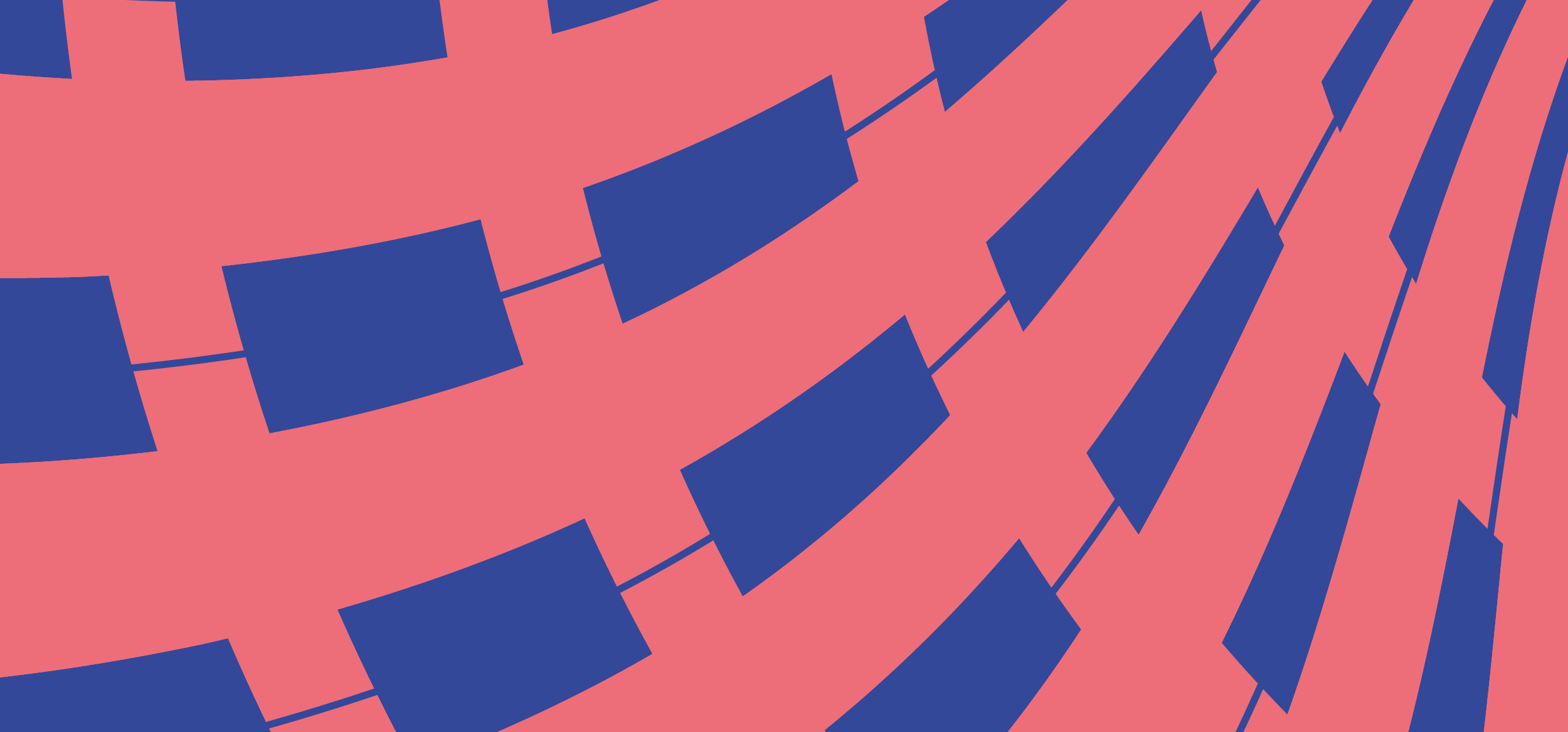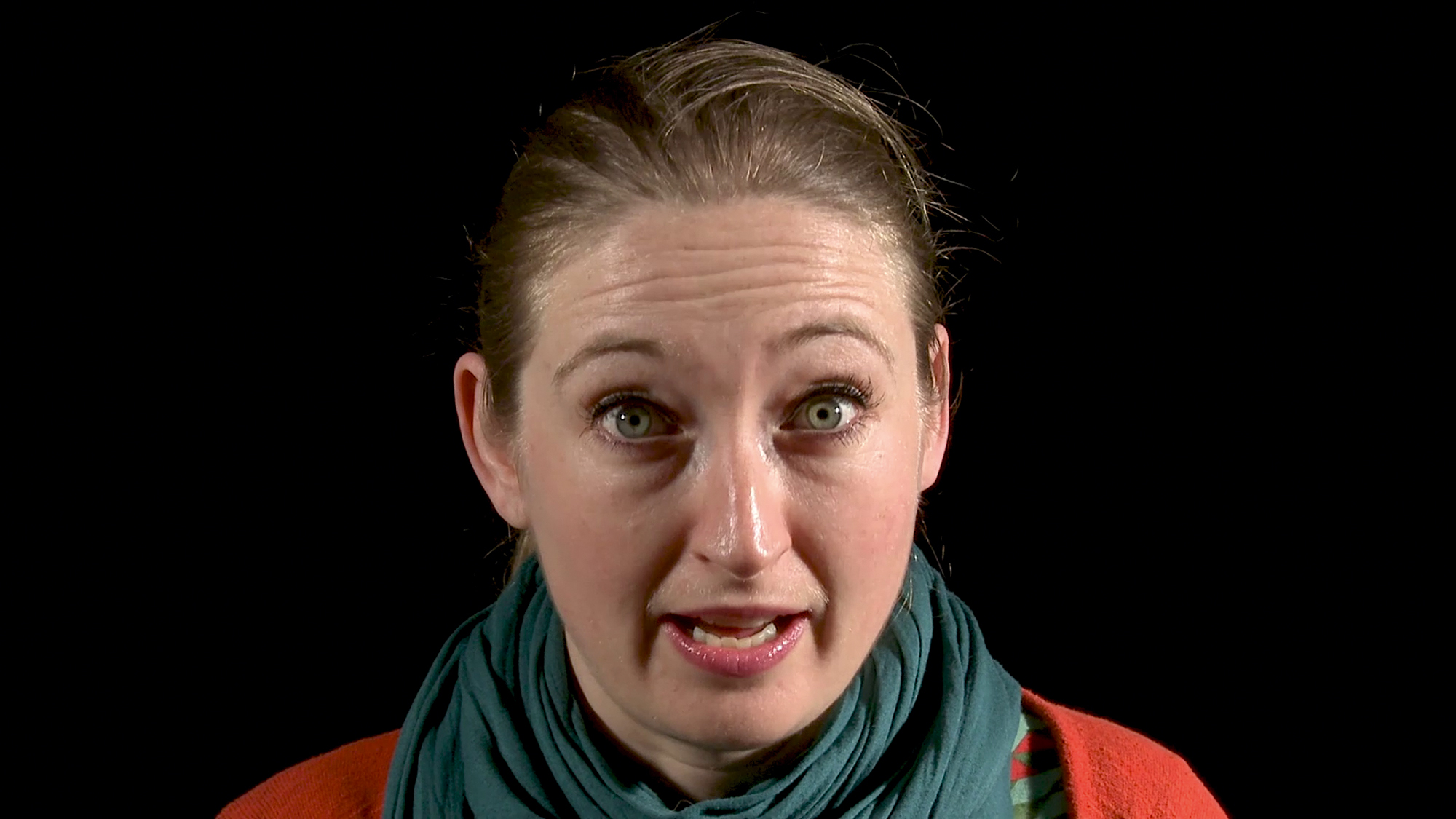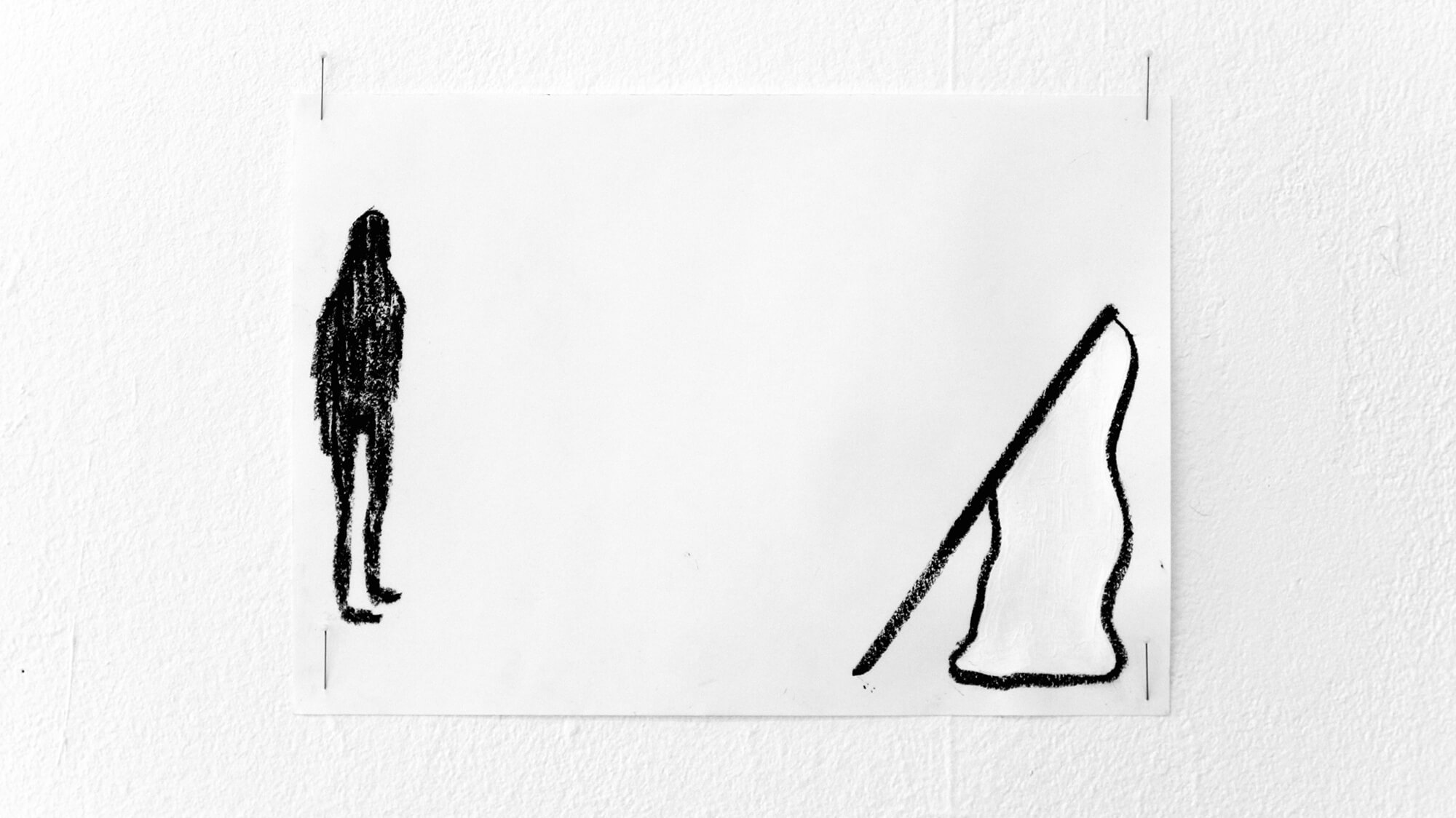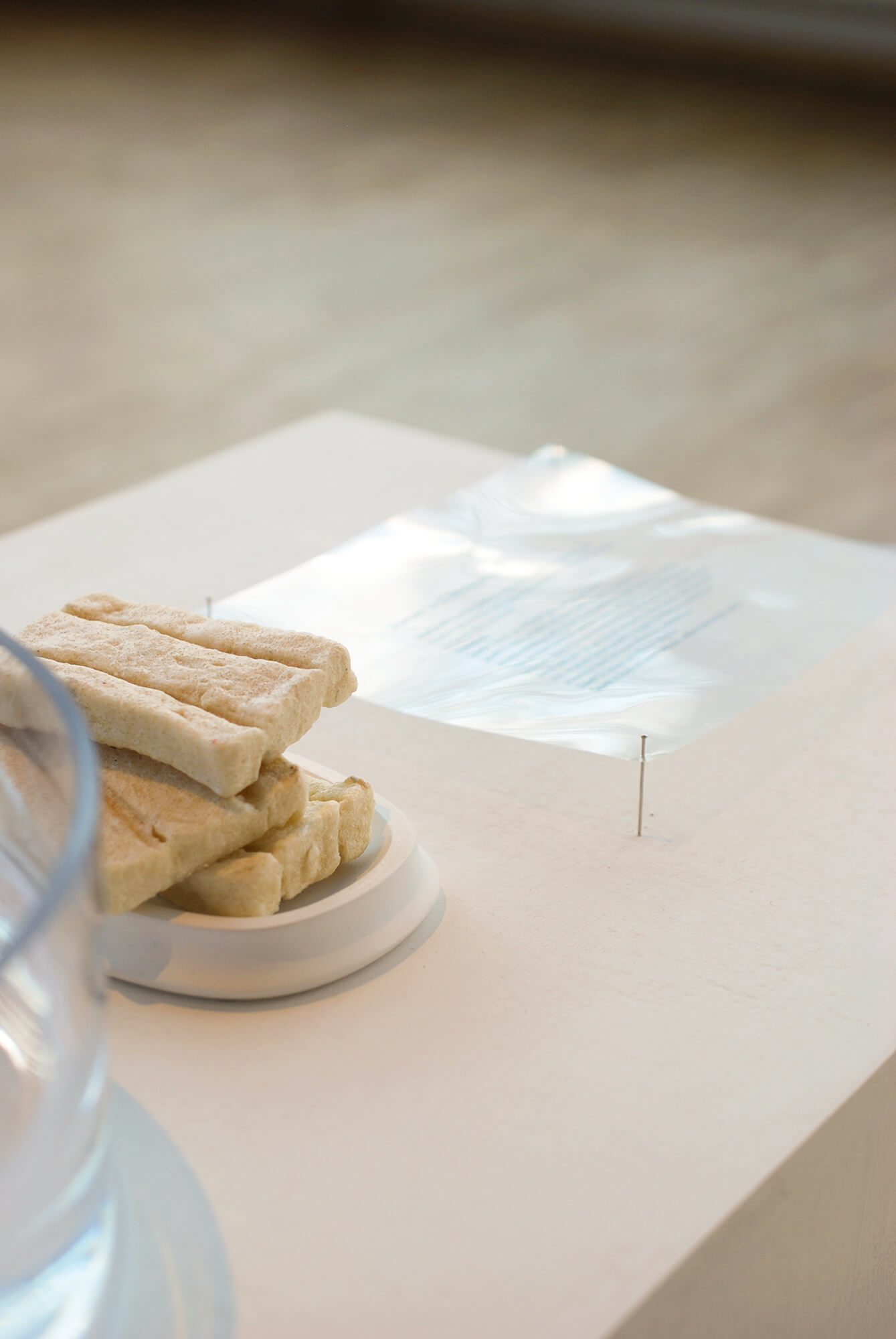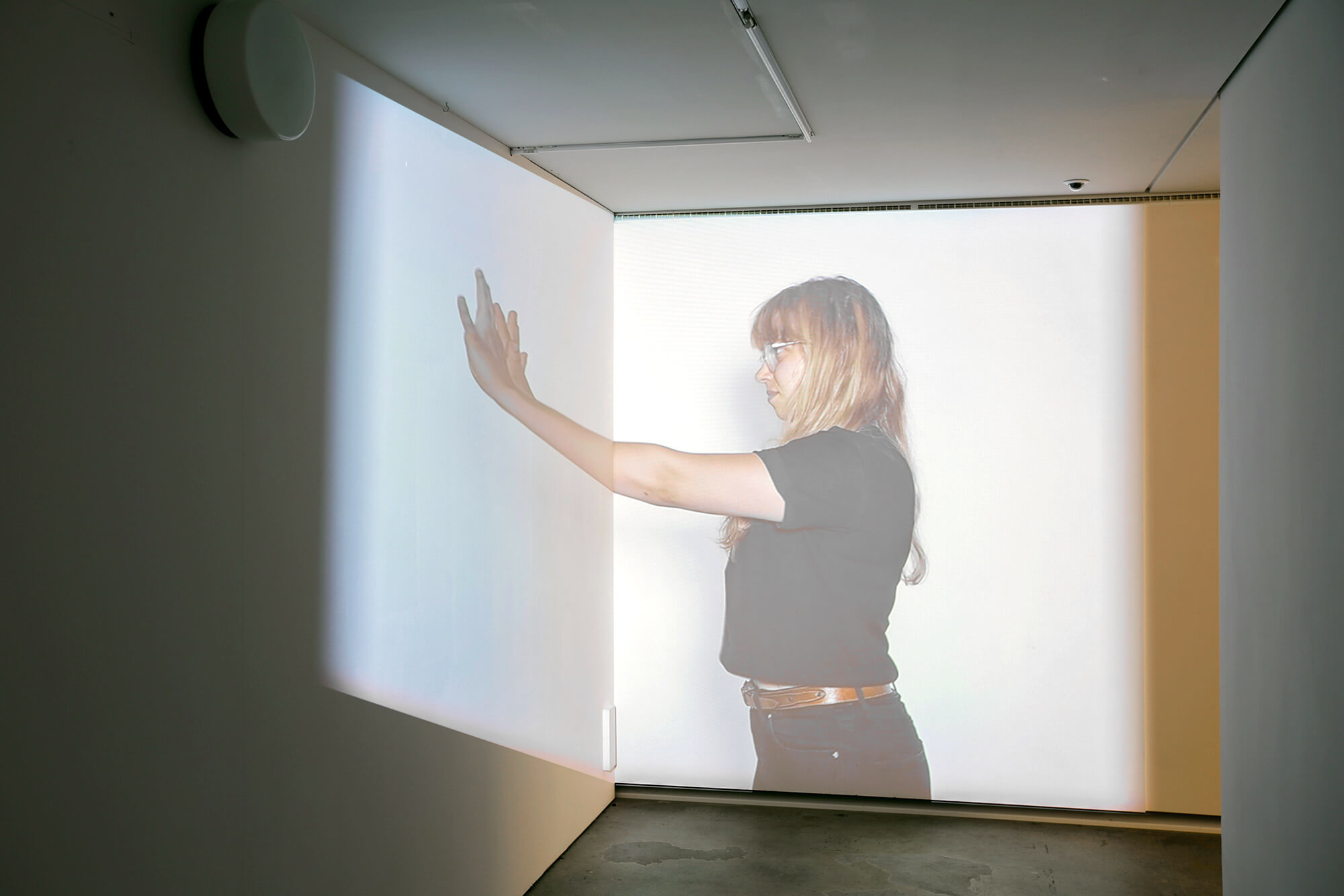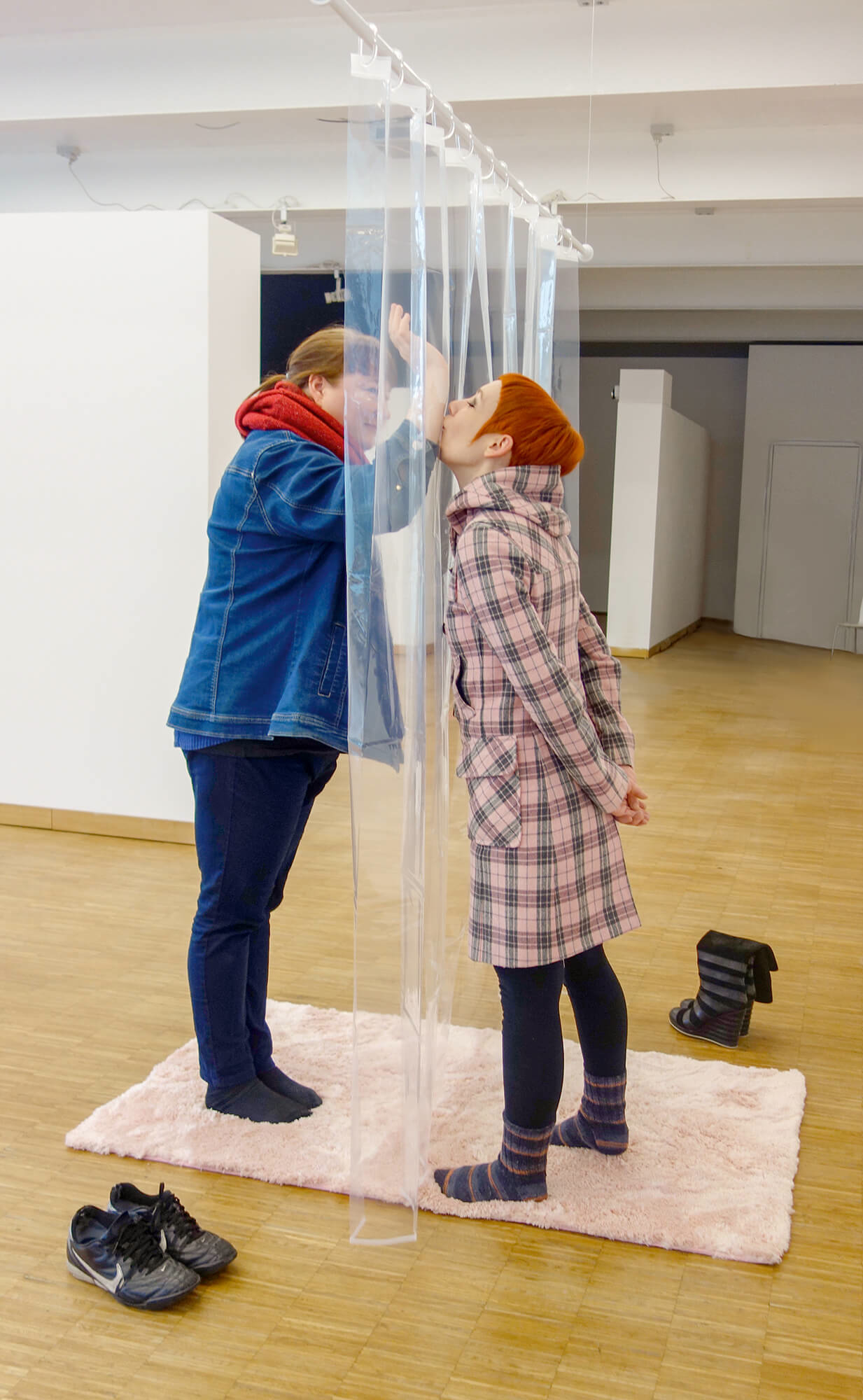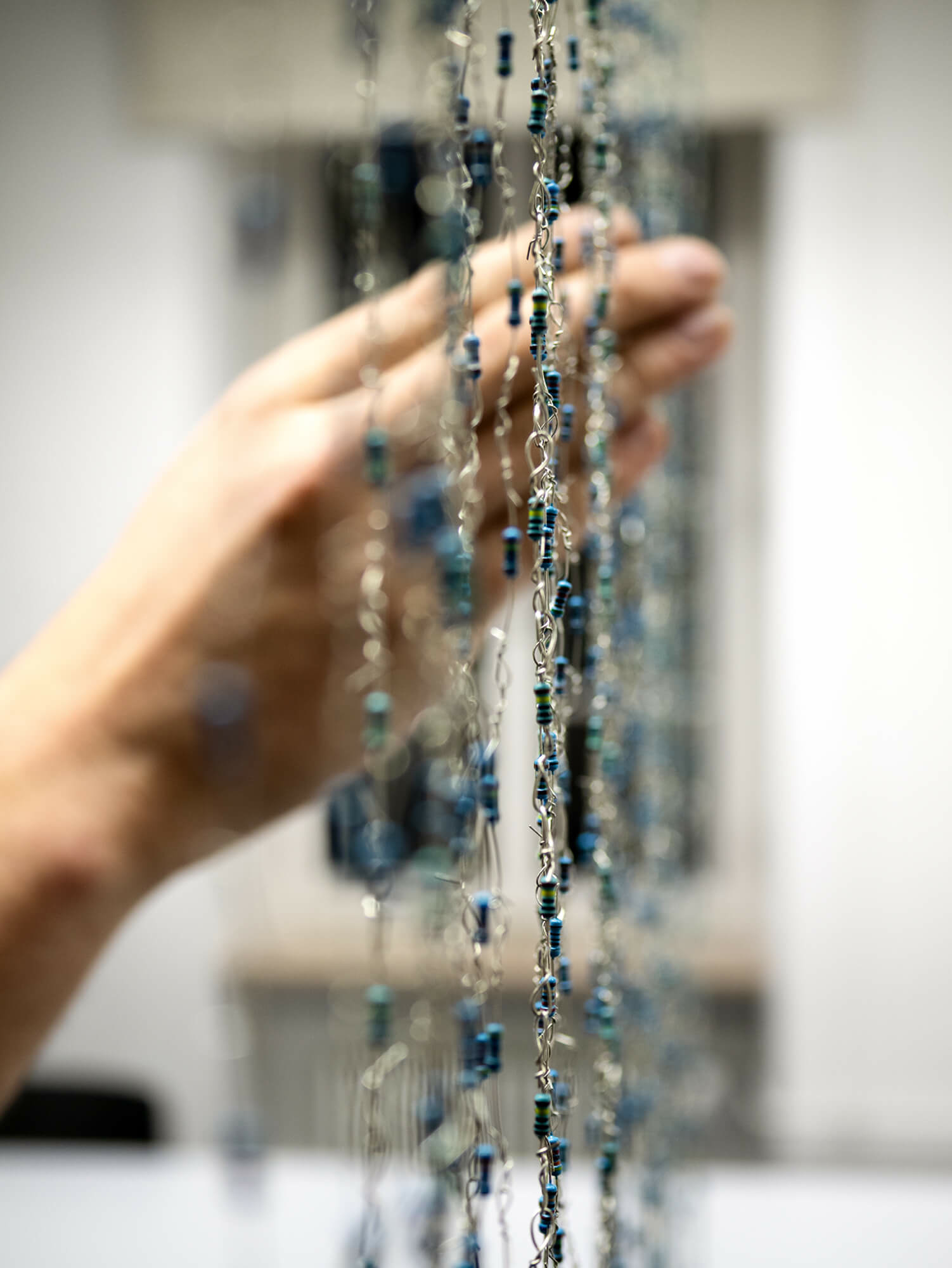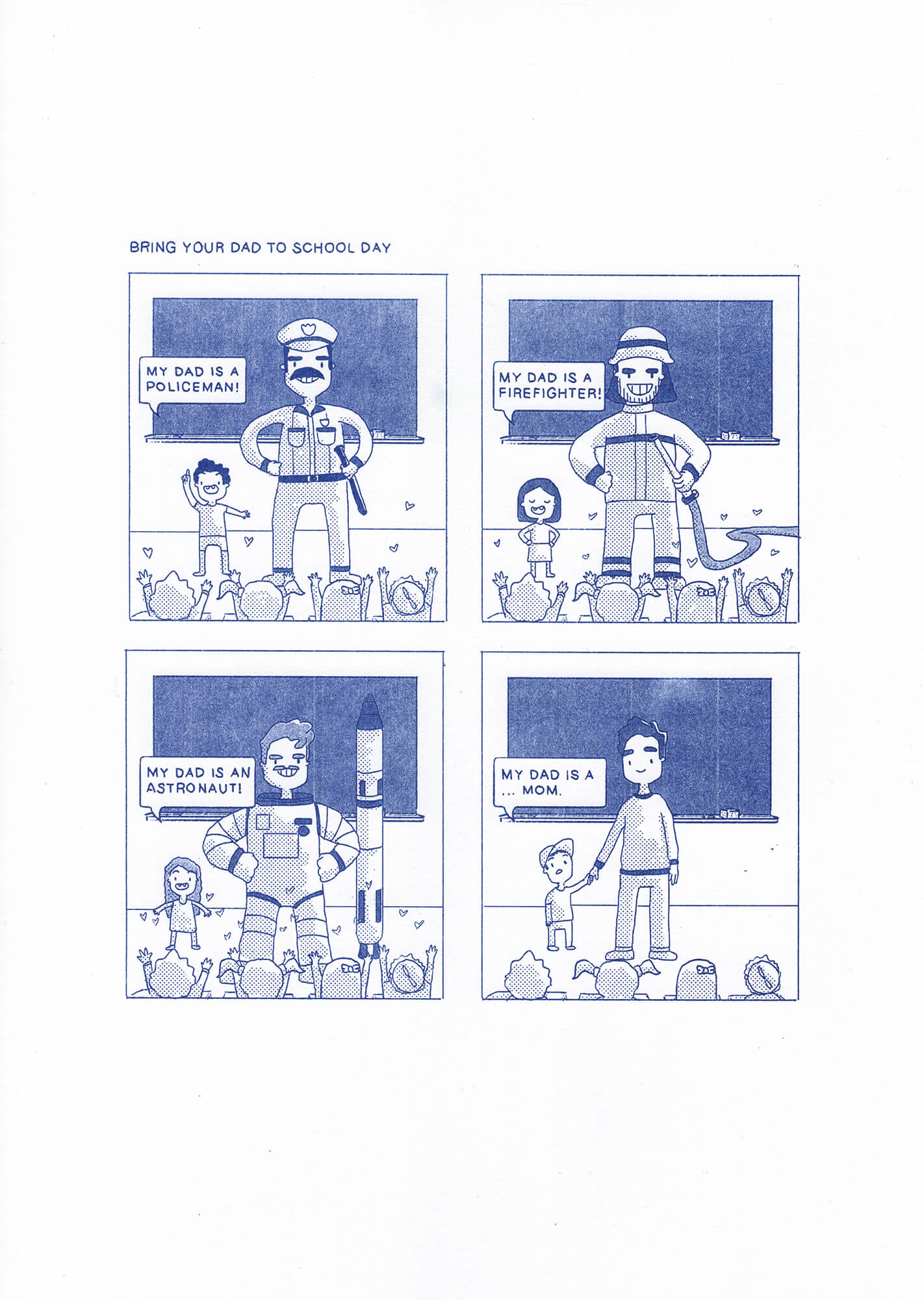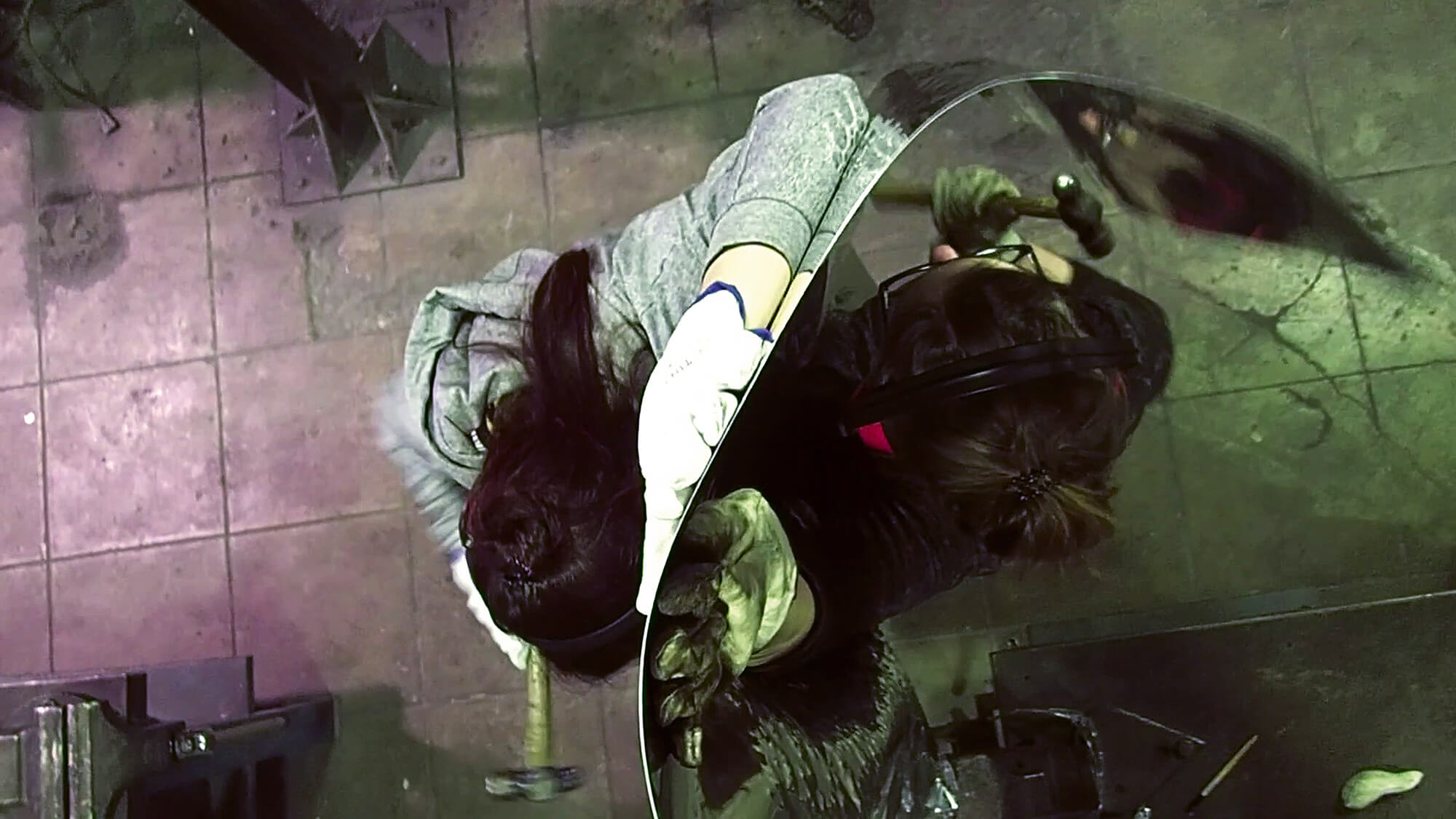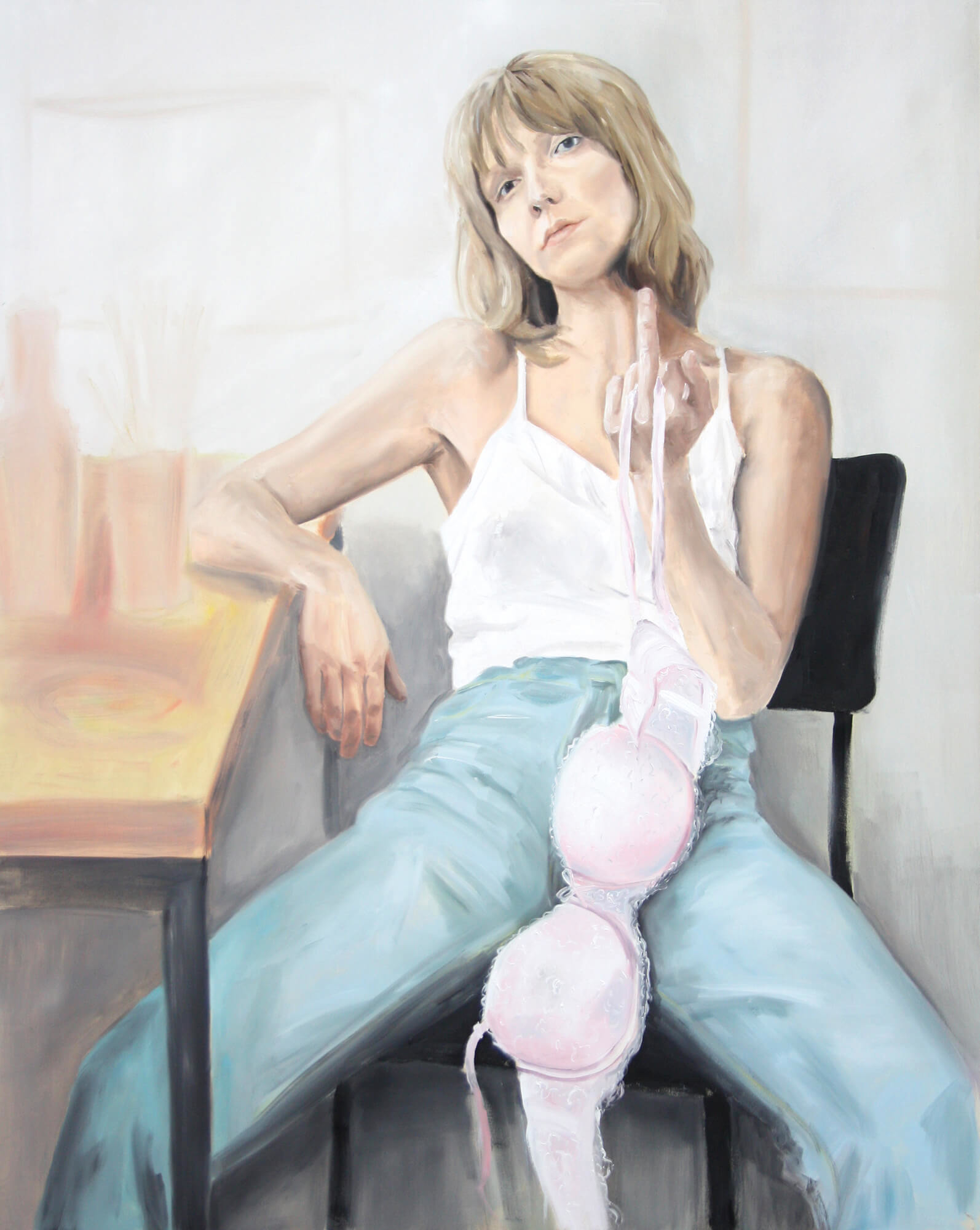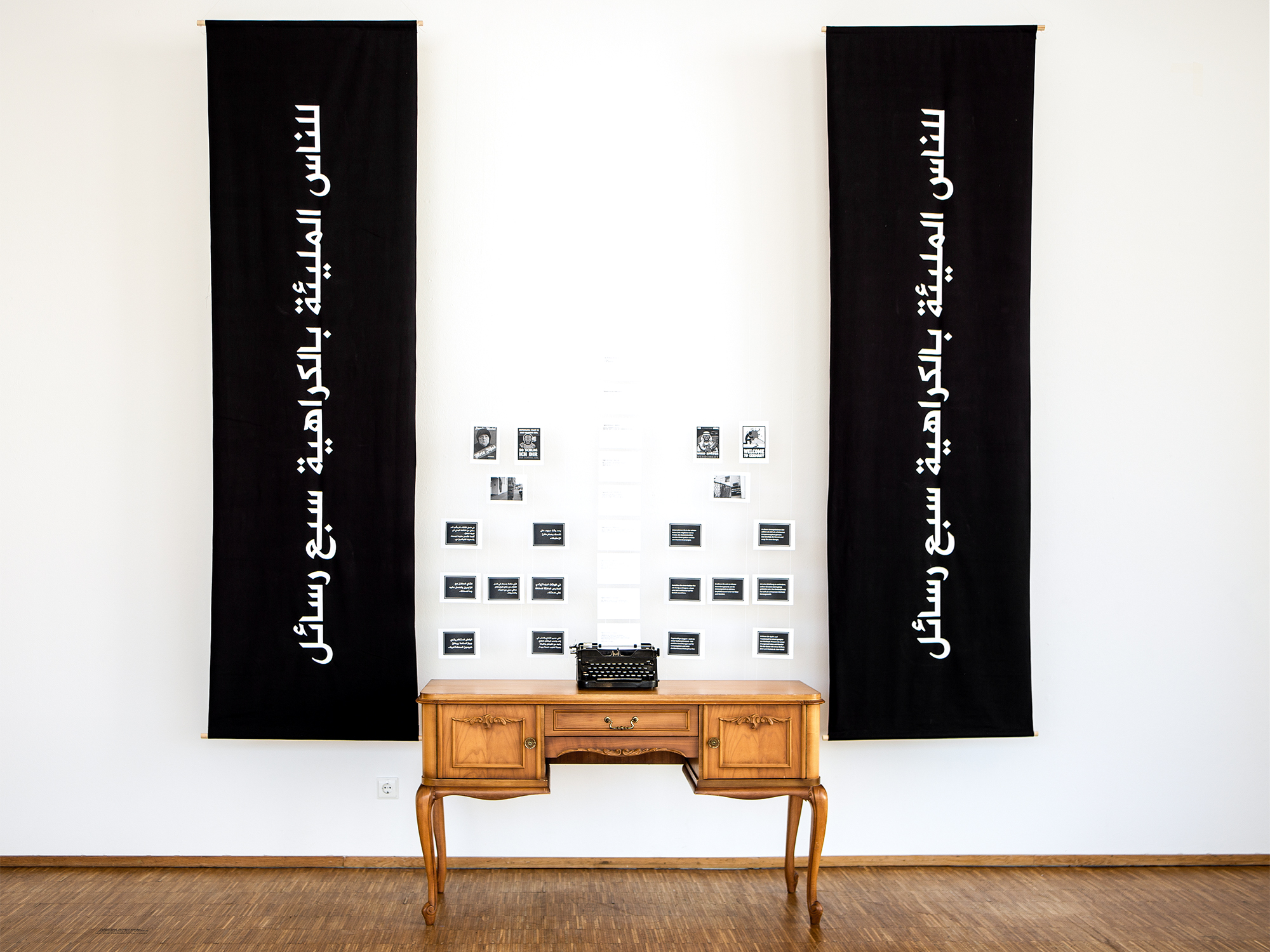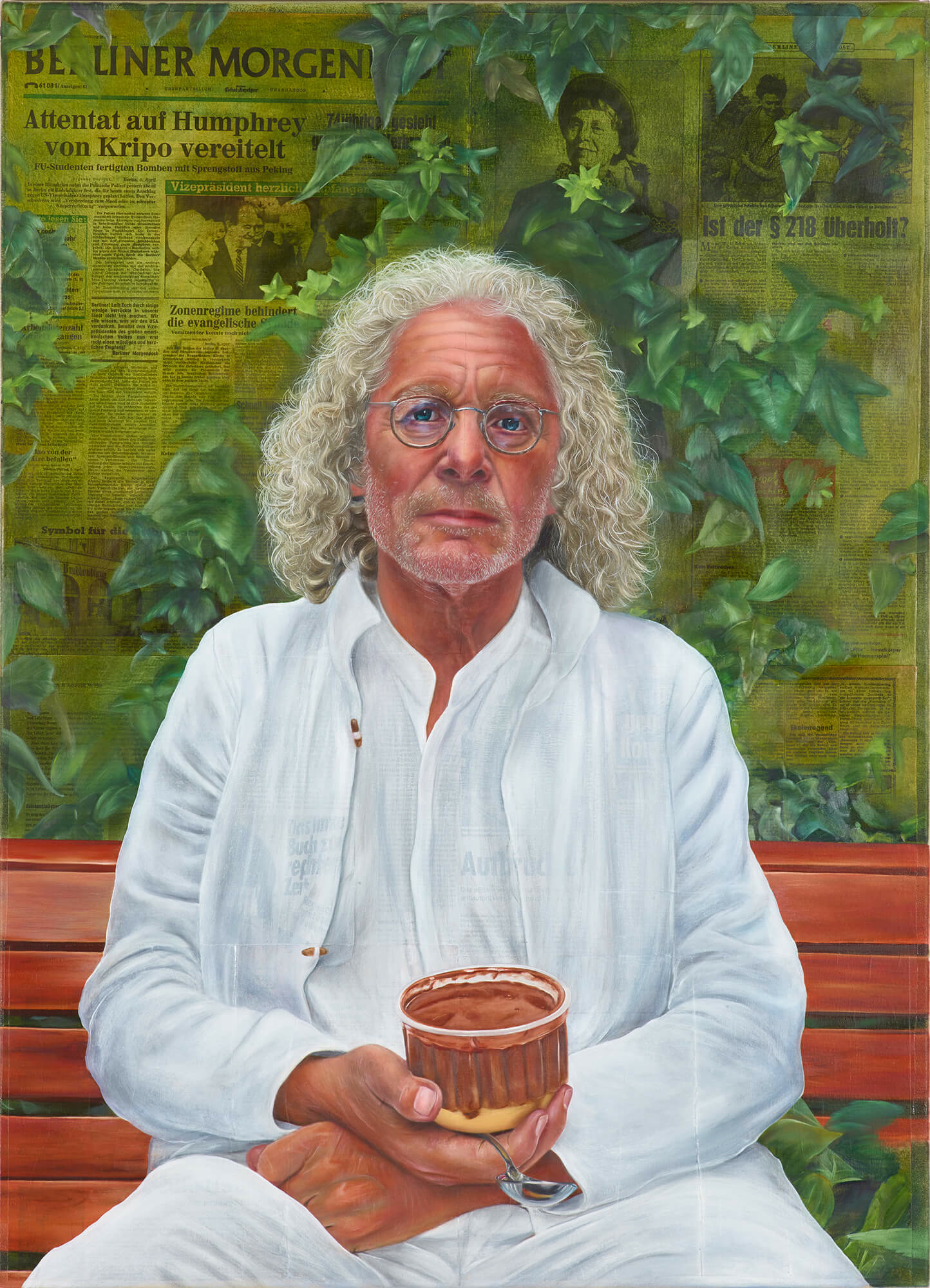Peter und Luise Hager-Preis 2019
Widerstand
15. März 2019 – 13. April 2019
—
Eröffnung
15. März 2019 - 19:00 Uhr
Grußwort
BEGRÜSSUNG Dr. Bernhard Lohr, Vorsitzender des Vereins Saarländische Galerie – Europäisches Kunstforum; GRUSSWORT Susanne Trockle, Vorstand, Peter und Luise Hager-Stiftung
Einführung
Prof. Dr. Matthias Winzen, HBKsaar
—
English version below
Widerstand – Peter und Luise Hager-Preis 2019
Widerstand: sechs unterschiedliche Bedeutungen listet allein der Duden zu dem Begriff auf, das Assoziationsfeld ist um vieles größer. Widerstand zu produzieren kann heißen, eine Spannung zu erzeugen zwischen Imagination und Wirklichkeit, zwischen Idee und Materialität, Autonomie und Gemeinschaft, Kunst und Politik, Text und Bild, und und und…
Das diesjährige Thema hat die Finalistinnen und Finalisten des achten Wettbewerbs zum Peter und Luise Hager-Preis „gepackt“, vor allem an dem Punkt, an denen sich die Praktiken der Kunst, Wahrnehmungsmuster zu durchbrechen und andere Perspektiven zu eröffnen, mit denen von widerständigen Aktionen berühren. Vom 15. März bis zum 13. April sind die Arbeiten von dreizehn Studierenden – Joanna-Melissa Crittendon, Catherine Duboutay, Julia Gerhards, Felix Gropper & Bernd Rosinski, Eric Heit, Anja Khersonska, Darja Linder, Shakti Paqué, Radion Rabovski & Sebastian Schuster, Esther Ramsbrock, Anica Seidel – in den Räumen der Saarländischen Galerie zu sehen.
Die Arbeiten greifen unterschiedlichste Formen von Widerstand auf. Das Spektrum reicht vom Vorhang aus elektrischen Widerständen bis zur Veranschaulichung von komplexen psychischen Prozessen, die in uns vorgehen, wenn wir Widerstand zeigen und formulieren.
Der mit 5000 Euro dotierte erste Preis ging an Shakti Paqué für ihr Video „Lektion 8 (für Fortgeschrittene)“. Shakti Paqué gelingt es, das psychische und mimische-körperliche Erleben von Widerstand im Film sichtbar zu machen. Ateliergäste waren aufgefordert „Nein“ zu sagen und erfuhren erst kurz vor der Aufnahme, dass sie dabei nicken sollten. Während man 41 Personen dabei zusieht, wie sie „Nein“ sagen und zugleich „ja“ nicken, wird innerer Widerstand körperlich spürbar.
Esther Ramsbrock (Zweiter Preis, 3000 Euro) hat für das „große“ Thema Widerstand ein sehr einfaches, „stilles“ Medium gewählt: die Zeichnung. Sie zeigt einen Menschen und eine weiße Fahne, das Zeichen für Aufgeben. Die Fahne ist nicht triumphal nach oben gereckt, sondern steht fast fragend da: „Angreifen oder Abrüsten?“ Esther Ramsbrock scheint uns einen Perspektivwechsel vorzuschlagen.
Den dritten Preis (1000 Euro) erhielt Joanna-Melissa Crittendon für ihre Installation „Impurity Washing“: ein Arrangement aus Waschbecken, Handtuch und Seifenstücken. Alles wirkt steril und unpersönlich, nur die Seifenstücke sehen organisch unregelmäßig aus. Wie alle Seife ist auch diese aus organischen Abfällen hergestellt, allerdings in diesem Fall aus Bestandteilen von Haar- und Hautablagerungen sowie Schweiß und Körperfett der Künstlerin. Die Wirkung des Ganzen ist ambivalent zwischen Vertrautheit und Sterilität, zwischen Sauberkeit und körperlich spürbarem Ekel. In der spannungsvollen Kombination der Elemente von Reinheit und Schmutz bringt Joanna-Melissa Crittendon zur Anschauung, dass das Weibliche in den Massenmedien heute immer noch einseitig sexualisiert wird, um dann als angeblich Schmutziges eine erhöhte Reinlichkeit für Frauen notwendig zu machen.
Die von der Peter und Luise Hager-Stiftung gemeinsam mit der Hochschule der Bildenden Künste Saar ausgelobten Preise zeichnen herausragende Studierende der HBKsaar für ihre künstlerischen und gestalterischen Projekte und Entwicklungen aus.
Die 2010 gegründete Stiftung unterstützt gemeinnützige Projekte zur Förderung von Wissenschaft und Forschung, Erziehung und Bildung, Kunst und Kultur, Umweltschutz und Sozialem. Die Peter und Luise Hager-Stiftung konzentriert sich dabei auf die Förderung nachhaltiger Projekte vor allem in Ländern und Regionen, in denen die Hager Group mit ihrem Angebot präsent ist.
Ausstellung in Kooperation mit der HBKsaar und der Galerie der HBKsaar, verantwortlich: Prof. Dr. Matthias Winzen, wissenschaftliche Mitarbeit: Marion Cziba, Christian Richert
Resistance – The Peter and Luise Hager Prize 2019
Resistance: six different meanings of this term are listed in the Duden dictionary of the German language, and its connotations are vastly more numerous. To offer resistance is to create tension between the imaginary and the real, the immaterial and the material, autonomy and society, art and politics, imagery and the written word, and so on, and so forth…
The set theme of this year’s Peter and Luise Hager Prize – the eighth such annual competition – certainly “grabbed” the finalists, above all at that point where those art practices apt to break through established patterns of perception and open up new perspectives overlap with acts of resistance. From 15 March to 13 April, the work of thirteen students – Joanna-Melissa Crittendon, Catherine Duboutay, Julia Gerhards, Felix Gropper & Bernd Rosinski, Eric Heit, Anja Khersonska, Darja Linder, Shakti Paqué, Radion Rabovski & Sebastian Schuster, Esther Ramsbrock and Anica Seidel – will be on show at the Saarländische Galerie Berlin.
The forms of resistance explored in these finalists and winners’ work are highly diverse. They range from a curtain made of electric resistors to visualisation on video of the complex mental processes that we go through when expressing resistance.
The First Prize, endowed with the sum of 5,000 EUR, went to Shakti Paqué for “Lektion 8 (für Fortgeschrittene)” [Lesson 8 (for advanced users)]. In this video, Shakti Paqué succeeds in rendering visible the mental and mimetic-physical experience of resistance. Studio guests were requested to say “No” and learned only just before the camera was switched on that they should nod as they said it. Watching forty-one individuals say “No” while they simultaneously nod a “Yes” triggers a sensation of inner resistance.
Esther Ramsbrock (Second Prize, 3,000 EUR) chose for the “big” issue of resistance a very simple, “quiet” medium: the drawing. She depicts a person and a white flag, the symbol of surrender. The flag is not held high in triumph but seems almost to be asking a question: “Attack or disarm?” Esther Ramsbrock appears to be proposing that we should change our point of view.
The Third Prize (1,000 EUR) was awarded Joanna-Melissa Crittendon for her installation “Impurity Washing” comprising a washbasin, a towel and irregular blocks of organic soaps, these last the sole exception in what otherwise looks like a clinical, impersonal arrangement. Yet while produced, like all soaps, from organic by-products, the soaps in this case are composed of hair and skin, sweat and body fat shed by the artist herself. The overall ambiguous effect hovers between familiarity and sterility, cleanliness and physically palpable disgust. In this tense combination of elements of immaculateness and “dirt”, Joanna-Melissa Crittendon shows how the female is still sexualised in a biased way in today’s mass media – and how women, once alleged to be “dirty”, are required to meet higher standards of cleanliness.
The prizes awarded by the Peter and Luise Hager Foundation in collaboration with the Saarland University of the Arts (HbKSaar) since 2012 distinguish outstanding students of the said university for their creative projects and consolidation of an artistic position.
Established in 2010 the foundation supports projects that advance science and research, education and learning, the arts and culture, environmental protection and social cohesion. The Peter and Luise Hager Foundation is committed primarily to sustainable projects, above all, in those countries and regions where the Hager Group is present with its programme.
Exhibition presented in cooperation with the HBKsaar and the HBKsaar Galerie, under the aegis of Prof. Dr Matthias Winzen and with the assistance of Marion Cziba and Christian Richert
